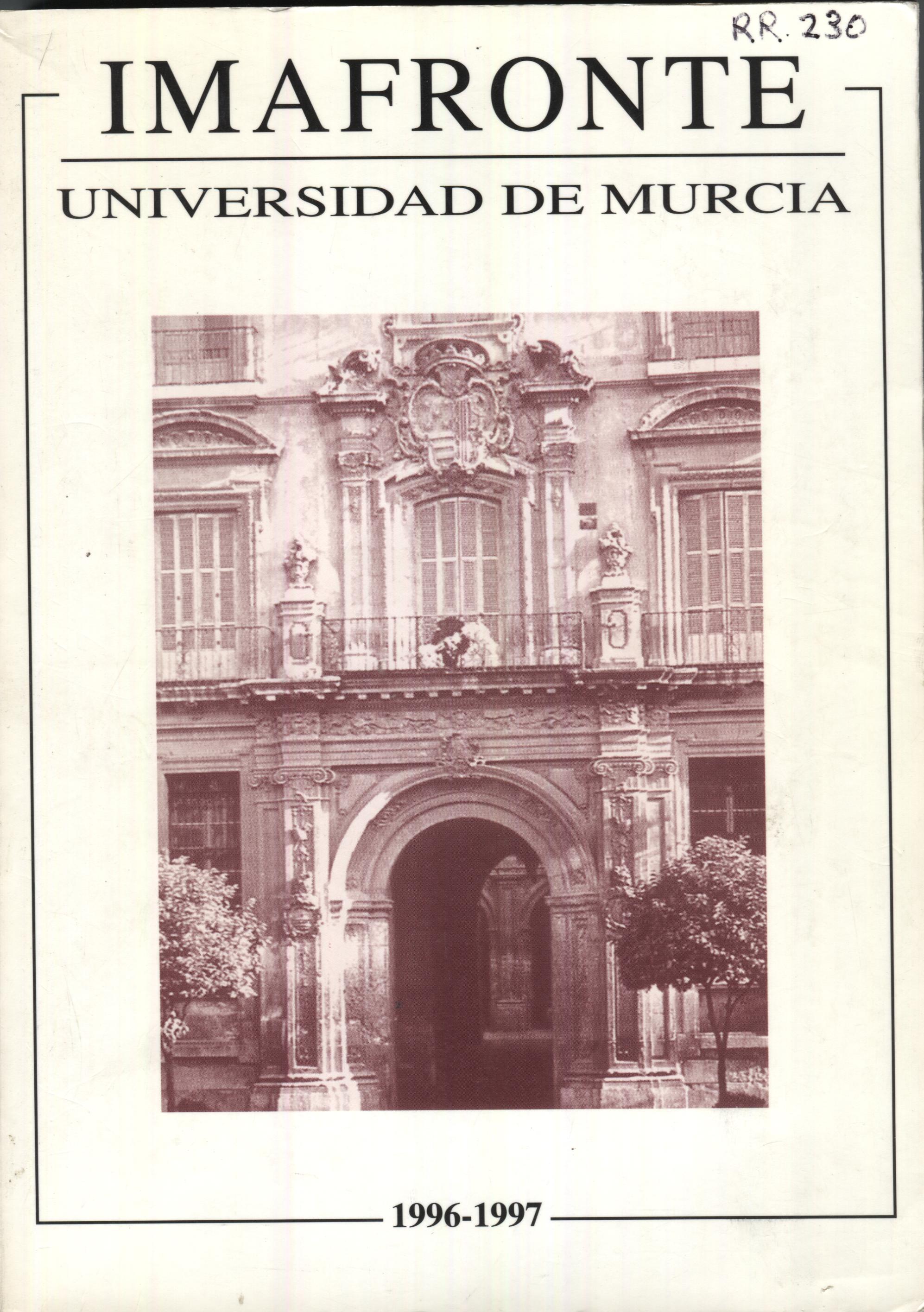TEXTOS SIN IMÁGENES: JEROGRÍFICOS EN LAS EXEQUIAS CELEBRADAS EN ALICANTE A LA MUERTE DE SOR URSULA MICAELA MORATA (1703)
Resumen
One of the essential components oql'wha! has been described as the baroque feas! are the funeral riles that are celebrate at the death of important civil and ecclesiatical figures. In this context are those dedicated by the city of Alicante in 1703 to Sisler Ursula Micaela Morara, founder atzd mystic nun of the Chapuchin convent in this city In remembrance of such an exemplary figure. a dislinguished canon gave the corresponding panegyrical sermon which was worthy of publication. The same did not occur with the hieroglyphics dedicated to her which occupy un important place in the convent church and above all in the so-called catafalque that was erected. Although the hieroglyphics, as emblems, usually contain a literary and graphic par!, this is not the case, the images being substituted by their description. An analisis highlights the anonymous author's knowledge of the principal classical sources (Ripa, Alcialo) by the fact that he exalts the virtues of the nun demonstrating the traditional persuasive psychological action that constitutes one of the fundamental traits of barroque culture.Descargas
-
Resumen199
-
PDF145
Las obras que se publican en esta revista están sujetas a los siguientes términos:
1. Los autores ceden de forma no exclusiva a la revista los derechos de explotación (reproducción, distribución, comunicación y transformación).
2. Las obras que se publican en esta revista están sujetas a la licencia Attribution-ShareAlike 4.0 International (CC By SA 4.0). Por lo que se pueden copiar, usar, difundir, transmitir y exponer públicamente, siempre que:
i) se cite la autoría y la fuente original de su publicación (revista, editorial y URL de la obra), permitiendo así su reconocimiento.
ii) se permite remezclar, transfromar o crear a partir del material mientras se mantenga la misma licencia del original.
3. Condiciones de auto-archivo. Se permite y se anima a los autores a difundir electrónicamente las versiones pre-print (versión antes de ser evaluada) y/o post-print (versión evaluada y aceptada para su publicación) de sus obras antes de su publicación, ya que favorece su circulación y difusión más temprana y con ello un posible aumento en su citación y alcance entre la comunidad académica. Color RoMEO: verde.
























